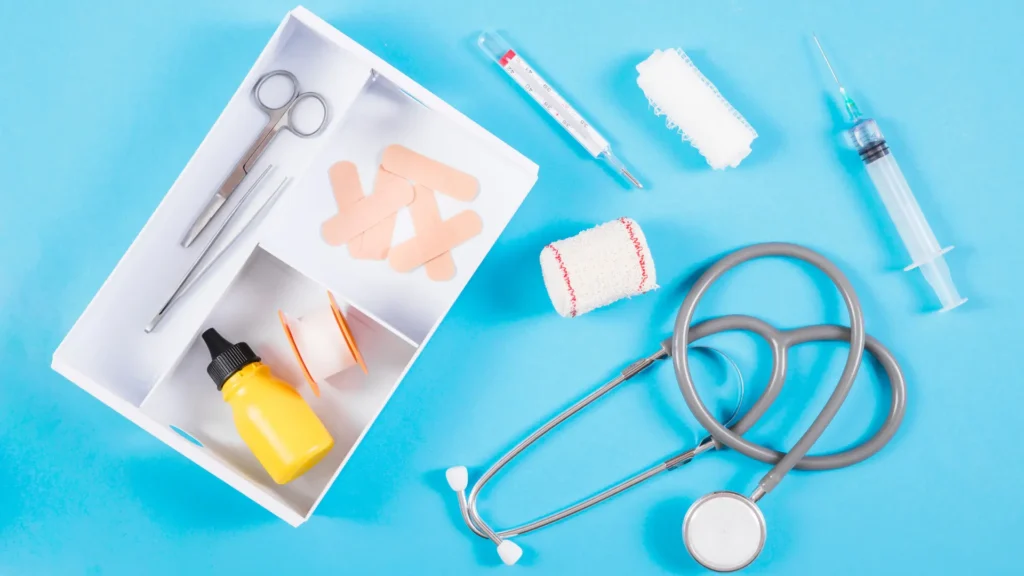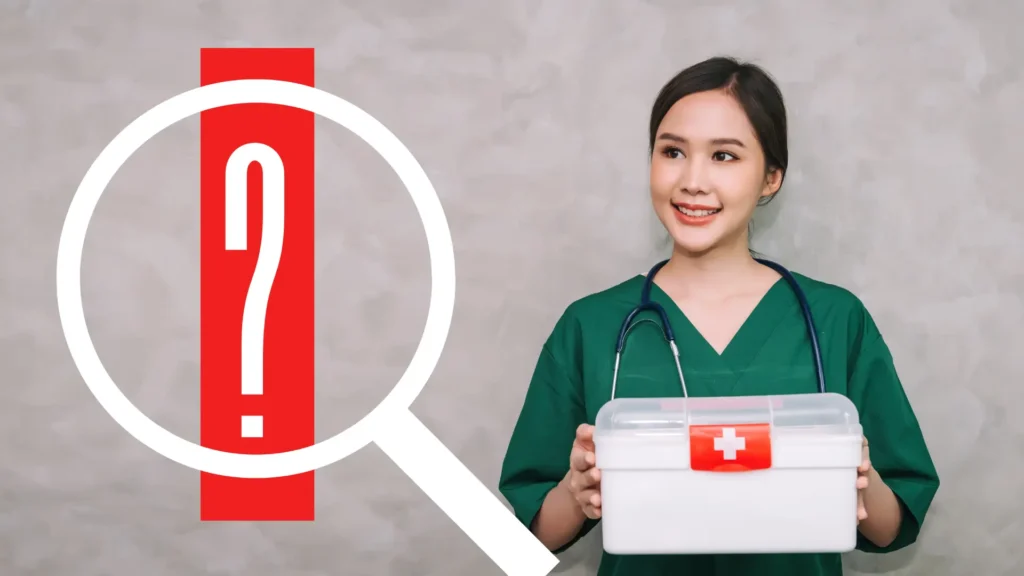Essential Guide to Workplace First Aid: Ensuring Safety and Compliance

In any workplace, the health and safety of employees and visitors should be a top priority. Accidents and medical emergencies can happen unexpectedly, and being prepared to handle these situations effectively can mean the difference between life and death. Ensuring that your workplace is equipped with the necessary first aid provisions is not only a legal requirement but also a crucial part of maintaining a safe work environment.
This comprehensive guide will cover what every workplace first aid kit should contain, how to assess specific risks in your environment, and tips for maintaining compliance with legal standards. Whether your workplace is an office, a factory, or a construction site, understanding the importance of well-stocked first aid supplies can greatly enhance safety measures and emergency response times.
The Importance of First Aid in the Workplace
Workplace injuries, ranging from minor cuts and bruises to more serious incidents like burns or fractures, can happen at any time. According to UK law, specifically the Health and Safety (First-Aid) Regulations 1981, employers are responsible for ensuring appropriate first aid provisions are available. These provisions not only cover employees but should also extend to visitors, customers, and anyone else on your premises.
Having a well-prepared first aid kit and trained personnel on site ensures that help can be administered quickly and correctly. Rapid response to injuries or medical issues can minimise the severity of an incident, prevent complications, and in some cases, save lives. Even in low-risk environments, small injuries can lead to bigger health problems if not treated promptly.
Legal Obligations for Employers
Under the Health and Safety (First-Aid) Regulations 1981, it is the responsibility of employers to provide suitable first aid provisions for their employees. What constitutes “adequate and appropriate” depends on the type of workplace and the specific risks involved. This means each business should conduct a thorough risk assessment to identify potential hazards and ensure the first aid kit and any other safety provisions are tailored to those risks.
While the law doesn’t mandate specific contents for a first aid kit, it does require that the kit is appropriately stocked based on your risk assessment. If your workplace has higher hazards (e.g., heavy machinery, chemicals, or a physically demanding environment), then additional provisions may be necessary.
Employers should also appoint a responsible person to maintain the first aid kits and ensure they remain fully stocked. It’s essential to regularly check the kits to replace expired or used items and to adjust supplies as your workplace or the number of employees changes.
Conducting a First Aid Needs Assessment

A first aid needs assessment is crucial for determining the type and quantity of first aid equipment required. This process involves analysing your workplace environment, the nature of the work performed, and potential hazards employees may face.
Here’s what to consider when performing a first aid needs assessment:
- Type of Work: Is the work performed low-risk, such as clerical tasks, or high-risk, like construction or heavy manufacturing? A more hazardous workplace will require advanced first aid provisions.
- Size of the Workforce: Larger workforce typically require more extensive first aid provisions. For example, factories or construction sites with many employees need several well-stocked kits and trained personnel to cover different areas.
- Workplace Layout: Large or multi-site workplaces should have first aid kits spread out across different locations. If a workplace is divided into multiple floors or buildings, you need enough first aid kits to ensure quick access in the event of an emergency.
- Remote or Travelling Employees: For businesses with employees working remotely or frequently on the move, travel first aid kits should be provided. This ensures that they have access to essential items even when they’re not based in the main workplace.
What Should Be in a Basic Workplace First Aid Kit?
While there is no universal list of mandatory items, a well-stocked first aid kit should address the most common injuries that could occur in your particular environment. Below is a recommended list of basic first aid supplies, with suggestions for additional items depending on your workplace’s specific needs.
First Aid Manual or Guidance Leaflet
A first aid guidance leaflet is essential in every kit, even for trained personnel. This guide offers step-by-step instructions on how to use each item and how to manage different injuries.
Sterile Dressings and Bandages
- Plasters (Assorted Sizes): Minimum of 20 individually wrapped, sterile plasters.
- Sterile Wound Dressings: Include medium and large sizes for different types of wounds.
- Eye Pads: If your workplace poses any risk to the eyes (e.g., chemical exposure), eye pads are a must.
- Triangular Bandages: These versatile bandages can be used as slings or to secure dressings.
Bandages for Support and Compression
Bandages are essential for managing bleeding, reducing swelling, or immobilising injured limbs. Your kit should include:
- Roller Bandages: These are useful for applying pressure and securing dressings.
- Tubular Bandages: Commonly used for joint injuries and to hold dressings in place on extremities.
- Safety Pins: To secure bandages in place.
Antiseptic Wipes and Creams
These are crucial for cleaning wounds before applying dressings, preventing infection, and ensuring wounds heal quickly.
Disposable Gloves
At least three pairs of latex-free, disposable gloves are recommended to protect the first aider and reduce the risk of infection.
CPR Mask and Face Shield
In workplaces with higher risks, it’s advisable to include a CPR mask or face shield for safe resuscitation efforts. These items help to prevent the spread of infection during CPR, particularly important during pandemics or in high-traffic environments.
Adhesive Tape and Scissors
Used to secure dressings or bandages, scissors can also help in cutting clothing away from wounds, while adhesive tape ensures dressings stay in place.
Determining the Number of Kits Required
The number of first aid kits needed in a workplace depends on both the size of the workforce and the physical layout of the premises. The British Standard BS 8599-1:2019 offers general guidance based on the number of employees:
- For low-risk workplaces (e.g., offices):
- Less than 25 employees: 1 small kit
- 25–100 employees: 1 medium kit
- More than 100 employees: 1 large kit for every 100 employees
- For high-risk workplaces (e.g., construction sites, factories):
- Less than 5 employees: 1 small kit
- 5–25 employees: 1 medium kit
- More than 25 employees: 1 large kit for every 25 employees
Additionally, if your workplace is large or spread across multiple floors or buildings, it’s crucial to place kits in easily accessible locations throughout the premises. Don’t forget to take into account employees who may work remotely or off-site.
Maintenance of First Aid Kits
Once your first aid kit is set up, the work doesn’t end there. Regular maintenance is vital to ensure the kit remains fully stocked and up to date. Designate a responsible person to periodically check the contents, replace expired or used items, and make adjustments based on any changes in workplace risk factors.
It’s also wise to maintain a checklist of items for easy reference. This can help your appointed person quickly identify missing or outdated supplies and ensure compliance with workplace safety regulations.
Conclusion
Providing an adequate first aid kit and emergency supplies in the workplace is not just about compliance—it’s about safeguarding your employees and being prepared for unforeseen circumstances. Whether you run an office, factory, or construction site, the right first aid provisions can mitigate risks, reduce recovery times, and even save lives.
By performing a thorough risk assessment, tailoring your first aid provisions accordingly, and ensuring regular maintenance of your supplies, you are taking crucial steps to create a safer, more prepared working environment.

